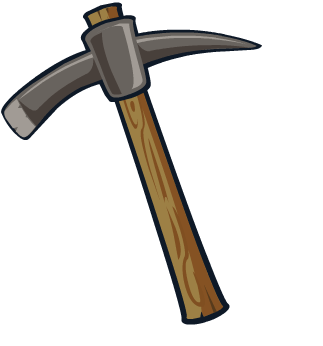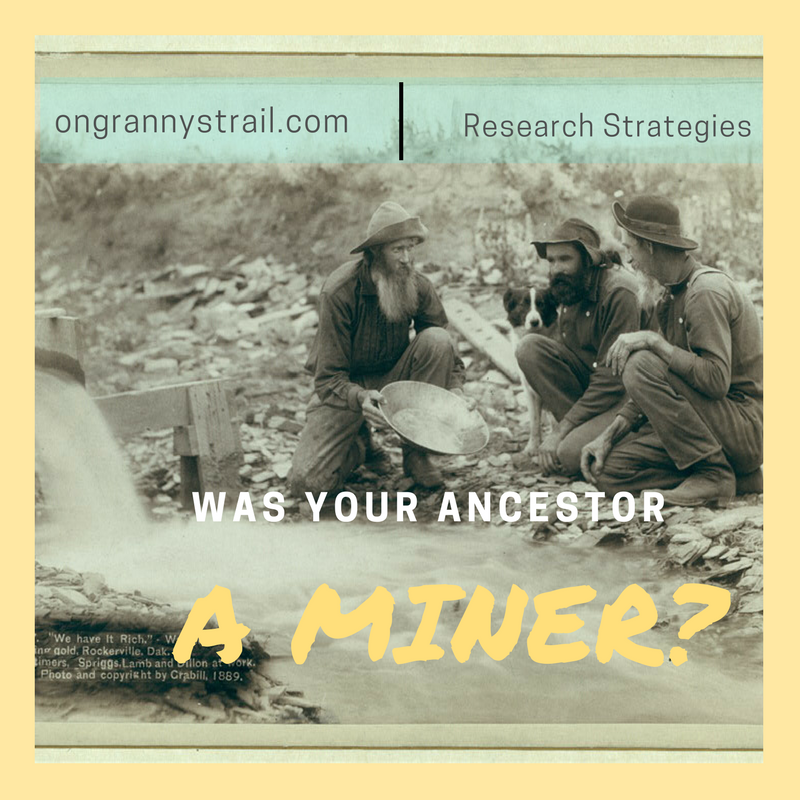Was your ancestor a prospector? If they staked a mining claim in Salt Lake County, Utah 1863-1920 or 1976-2000, you are in luck. But even if they never set foot in Utah, this collection could benefit your research. The Salt Lake County Archives has just digitized a huge collection of mining records for the mining districts located within its boundaries. It includes
- Assessment Rolls, Index to Mining Claims, 1897-1938
- Index to Mining Abstracts, books A-F
- Index to Mining Deed Record, book Q
- Index to Mortgage Record Mining Properties, Book A
- Mining Claims, Index to Agreements, Book C; Power of Attorney
- Mining Claims, Index to Mining Location Notices, books E-F
- Mining Claims, Index to Patented Mines, 1898
- State Assessments Book B, 1977
Even if your ancestor did not mine in Salt Lake County, this collection has something for you. Take a look at the titles of the records in this collection. Did you realize these kinds of mining records existed? Do you know what kinds of mining records exist in the county where your ancestors prospected? These titles can give you some ideas for keyword searches on county and state archive sites, or in your favorite search engine.
The Salt Lake County Archives has posted an excellent guide to their collection which is also a very good overview of mining records in general. Much of it appears to have been taken from the Utah State Archives “Mining Claims“ guide. I highly recommend reading these documents to educate yourself on the ways federal mining laws impacted state and county laws and requirements.
Guide to the Mining Records at the Salt Lake County Archives, prepared by Daniel Cureton, April 15, 2021
And if your ancestor was a Utah prospector from someplace other than Salt Lake County, be sure to check out the list of Utah mining records for other counties which were processed and are housed at the Utah State Archives. These are records which are in microfilm format. Be sure to make note of the Finding Aids associated with each county’s collection.


